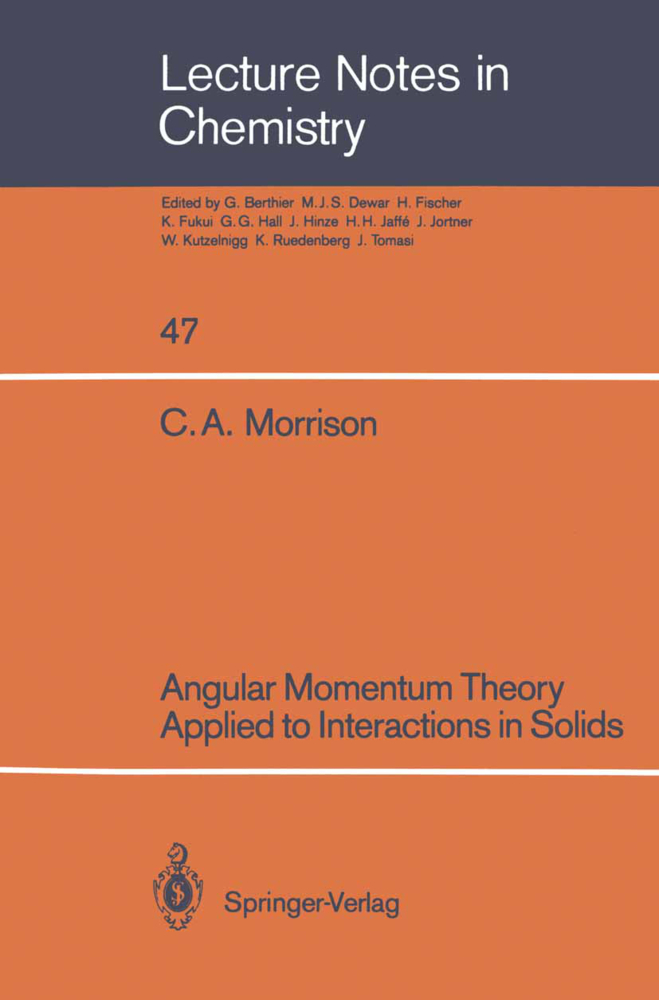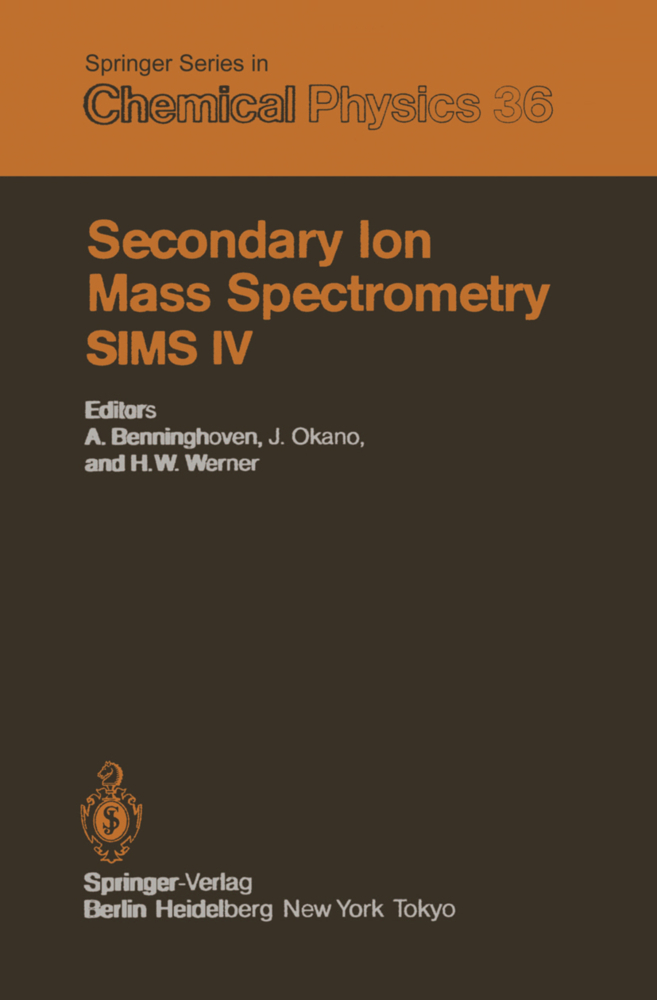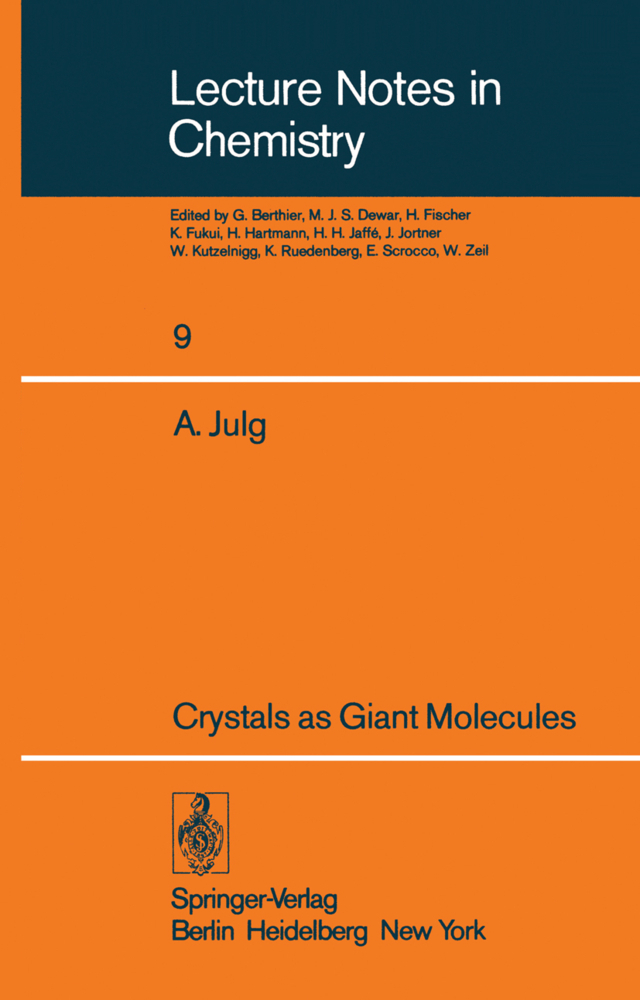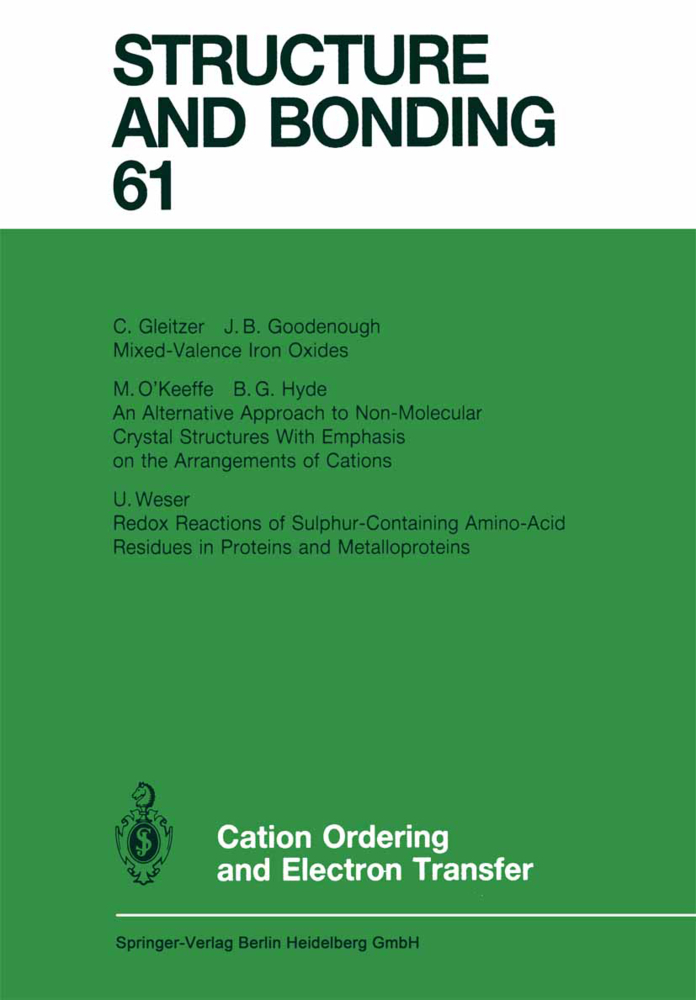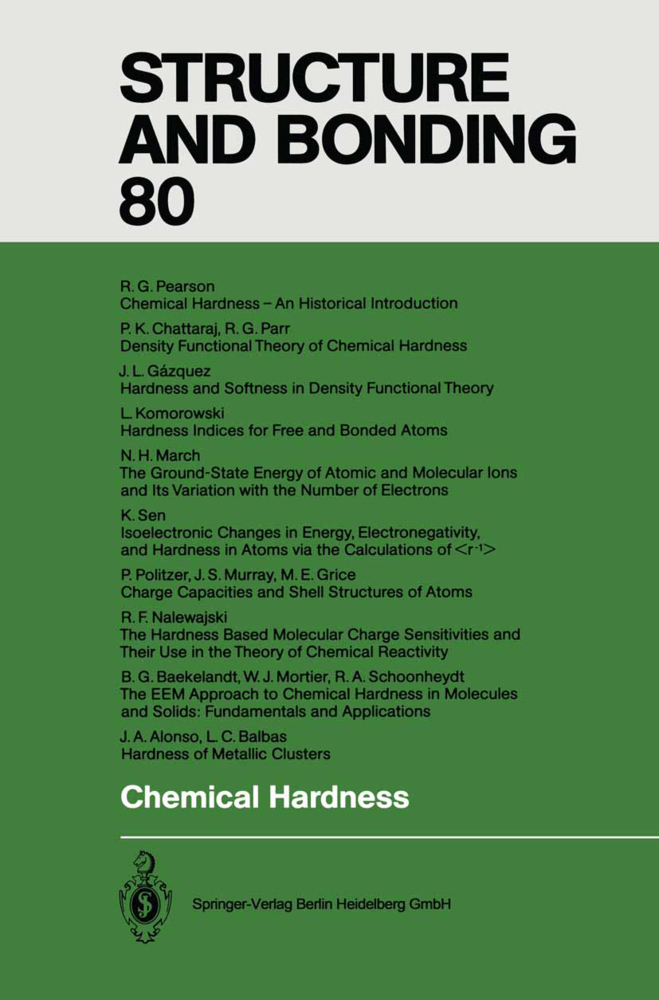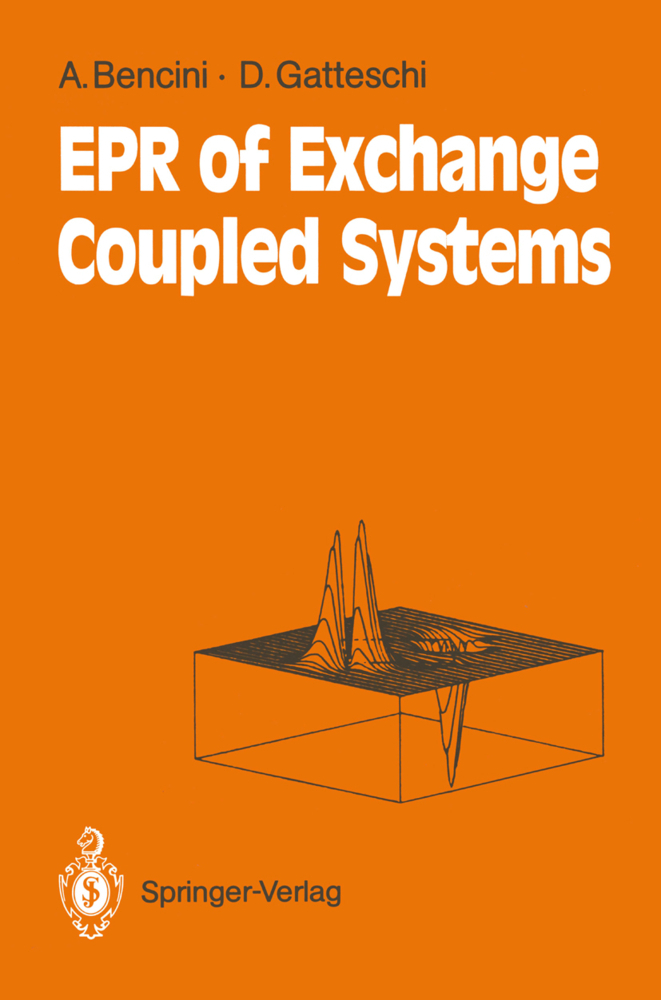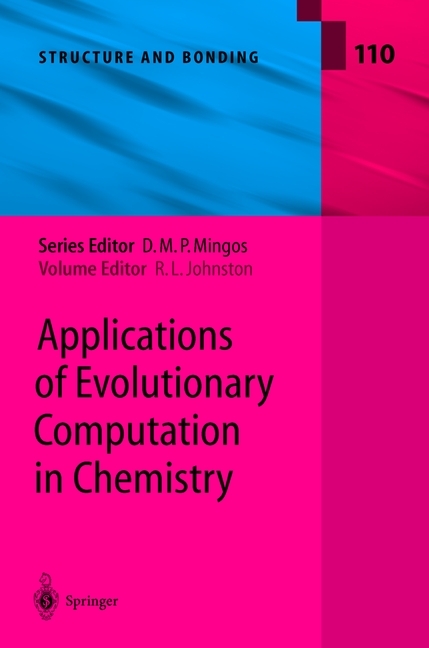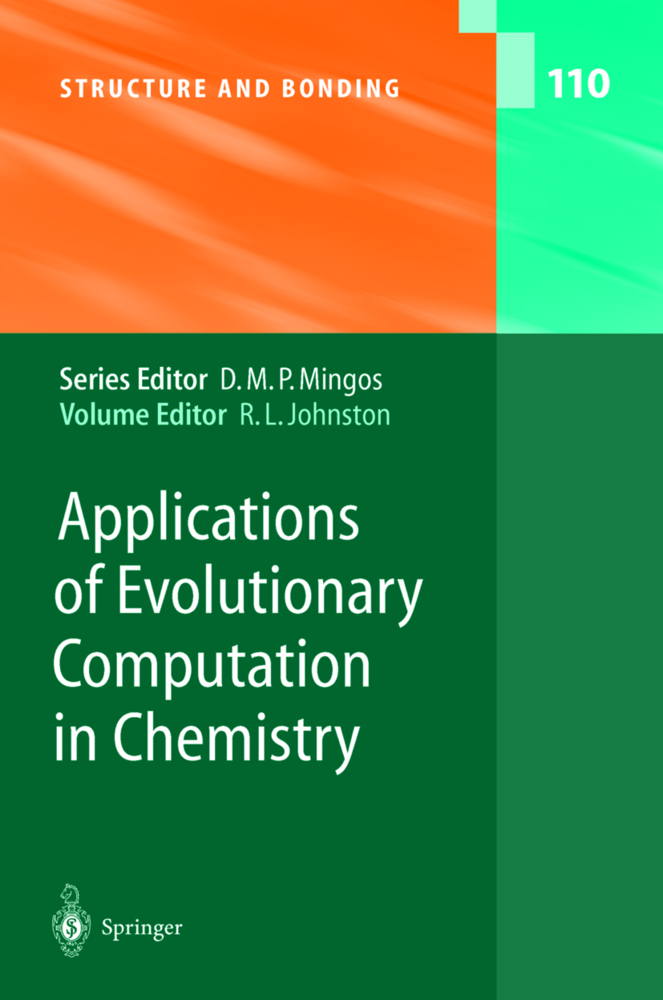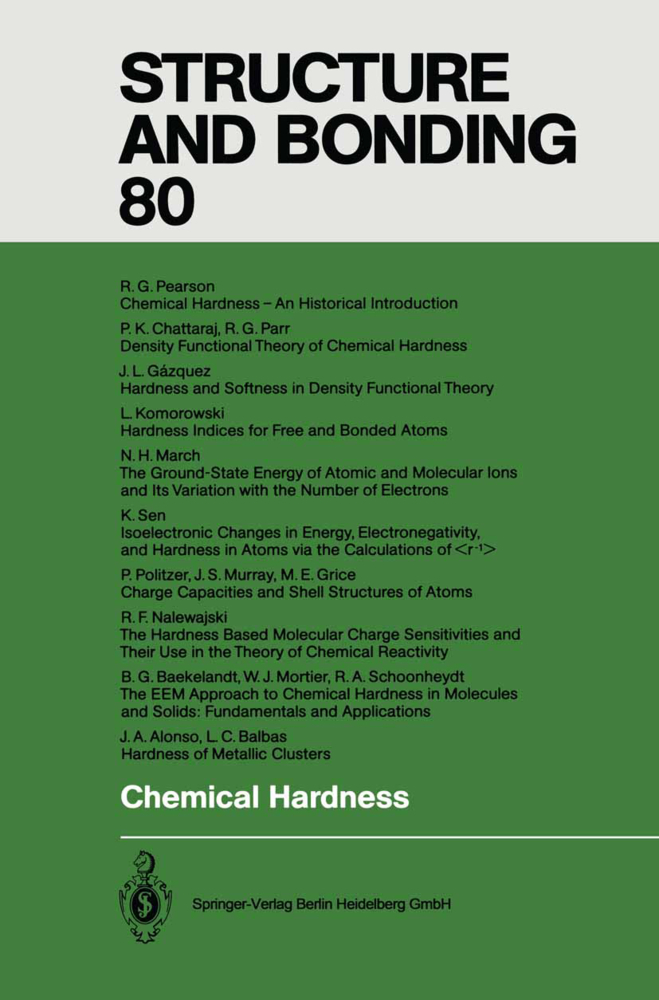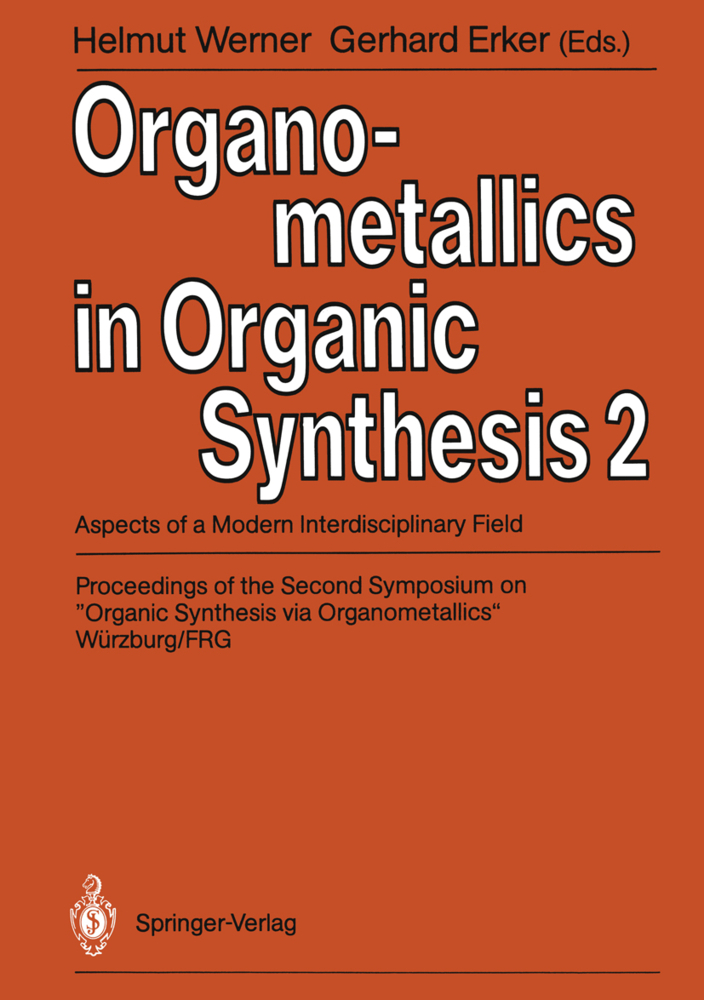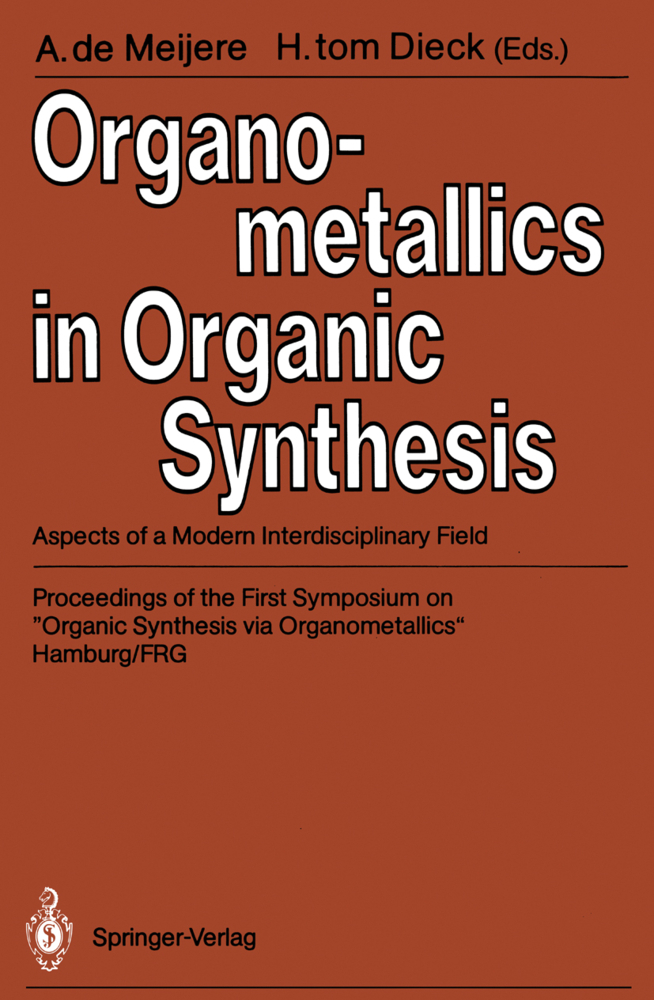Angular Momentum Theory Applied to Interactions in Solids
Angular Momentum Theory Applied to Interactions in Solids
From December 1985 through March 1986 the text of this book formed the basis of an in-hours course taught by the author at Harry Diamond Laborato ries. Considerable assistance in revising and organizing the first draft was given by John Bruno. The original draft of these notes was based on a collection of lectures delivered at the Universidade Federal de Pernambuco, Recife, Brazil, between 2 November 1981 and 2 December 1981. The visit to Recife was a response to an invi tation of Professor Gilberto F. de Sa of the Physics Department. In the preparation of these notes I made many requests of my coworkers for earlier resul ts and recollections of our early work. Among those consul ted were Donald Wortman, Nick Karayianis, and Richard Leavitt. Further, a number of .suggestions from my Brazilian colleagues helped make the lectures more clear. Particular among these were Professor Oscar Malta and Professor Alfredo A. da Gama both of whom I wish to thank for their help. Encouragement and assistance with funding for much of this work came from Leon Esterowitz of the Naval Research Laboratory and Rudolph Buser and Albert Pinto of the center for Night Vision and Electro-Optics.
1.2 Angular Momentum Algebra
1.3 Problems
1.4 Annotated Bibliography and References
2. Clebsch-Gordan Coefficients
2.1 Problems
2.2 Annotated Bibliography and References
3. Wigner-Eckart Theorem
3.1 A Single d Electron in a Crystal Field
3.2 Problems
3.3 Annotated Bibliography and References
4. Unit Spherical Tensors
4.1 Discussion
4.2 Bibliography and References
5. Racah Coefficients
5.1 Problems
5.2 Bibliography and References
6. Racah Algebra
6.1 Problems
6.2 Annotated Bibliography and References
7. Free-Ion Hamiltonian Unfilled Configuration n?N [N < 2(2? + 1)]
7.1 Background for Free Ions
7.2 Significant Free-Ion Interactions
7.3 Summary
7.4 Problems
7.5 Annotated Bibliography and References
8. Crystal-Field Interactions-Phenomenological Theory of Crystal Fields
8.1 Discussion
8.2 Problems
8.3 Annotated Bibliography and References
9. Matrix Elements of H3 in Total Angular Momentum State for the Electronic Configuration n?N
9.1 Discussion
9.2 Bibliography and References
10. Group Theoretical Considerations
10.1 Discussion
10.2 Annotated Bibliography and References
11. Numerical Example: 4FJ States of Nd3+ (4f3)
11.1 4F3/2
11.2 4F5/2
11.3 4F7/2
11.4 4F9/2
11.5 Calculations
11.6 References
12. Classical Point-Charge Model
12.1 Discussion
12.2 Bibliography and References
13. Point-Charge Model Developed AT HDL
13.1 Screening and Wave Function Spread
13.2 Effective Charge and Position
13.3 Annotated Bibliography and References
14. Crystal-Field Effects not yet Fully Incorporated
14.1 Self-Consistent Point Dipole and Point Multipole
14.2 Self-Consistent Results for Scheelite Structure.-14.3 Self-Induced Effects
14.4 Annotated Bibliography and References
15. Miscellaneous Crystal-Field Effects
15.1 Judd's Interaction for Two Electrons
15.2 Slater Integral Shifts
15.3 Problems
15.4 Annotated Bibliography and References
Overall Bibliography.
1. Introduction and Review of Previous Literature
1.1 The Hydrogen Atom1.2 Angular Momentum Algebra
1.3 Problems
1.4 Annotated Bibliography and References
2. Clebsch-Gordan Coefficients
2.1 Problems
2.2 Annotated Bibliography and References
3. Wigner-Eckart Theorem
3.1 A Single d Electron in a Crystal Field
3.2 Problems
3.3 Annotated Bibliography and References
4. Unit Spherical Tensors
4.1 Discussion
4.2 Bibliography and References
5. Racah Coefficients
5.1 Problems
5.2 Bibliography and References
6. Racah Algebra
6.1 Problems
6.2 Annotated Bibliography and References
7. Free-Ion Hamiltonian Unfilled Configuration n?N [N < 2(2? + 1)]
7.1 Background for Free Ions
7.2 Significant Free-Ion Interactions
7.3 Summary
7.4 Problems
7.5 Annotated Bibliography and References
8. Crystal-Field Interactions-Phenomenological Theory of Crystal Fields
8.1 Discussion
8.2 Problems
8.3 Annotated Bibliography and References
9. Matrix Elements of H3 in Total Angular Momentum State for the Electronic Configuration n?N
9.1 Discussion
9.2 Bibliography and References
10. Group Theoretical Considerations
10.1 Discussion
10.2 Annotated Bibliography and References
11. Numerical Example: 4FJ States of Nd3+ (4f3)
11.1 4F3/2
11.2 4F5/2
11.3 4F7/2
11.4 4F9/2
11.5 Calculations
11.6 References
12. Classical Point-Charge Model
12.1 Discussion
12.2 Bibliography and References
13. Point-Charge Model Developed AT HDL
13.1 Screening and Wave Function Spread
13.2 Effective Charge and Position
13.3 Annotated Bibliography and References
14. Crystal-Field Effects not yet Fully Incorporated
14.1 Self-Consistent Point Dipole and Point Multipole
14.2 Self-Consistent Results for Scheelite Structure.-14.3 Self-Induced Effects
14.4 Annotated Bibliography and References
15. Miscellaneous Crystal-Field Effects
15.1 Judd's Interaction for Two Electrons
15.2 Slater Integral Shifts
15.3 Problems
15.4 Annotated Bibliography and References
Overall Bibliography.
Morrison, Clyde A.
| ISBN | 978-3-540-18990-9 |
|---|---|
| Artikelnummer | 9783540189909 |
| Medientyp | Buch |
| Auflage | Softcover reprint of the original 1st ed. 1988 |
| Copyrightjahr | 1988 |
| Verlag | Springer, Berlin |
| Umfang | 161 Seiten |
| Abbildungen | 161 p. 1 illus. |
| Sprache | Englisch |

